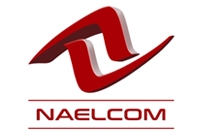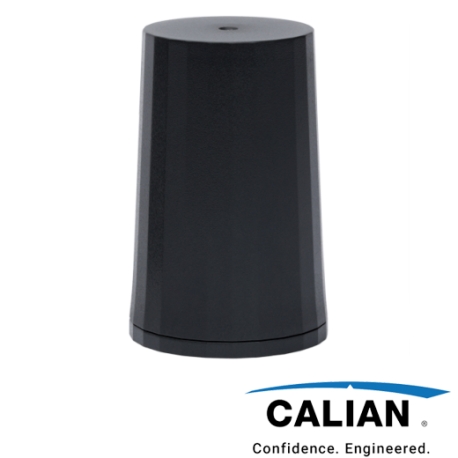HC979XF 
Multi-Constellation Full-Band Antenna
- Very low noise preamp (2.5 dB typ.)
- Axial ratio (≤ 0.5 dB at zenith)
- LNA gain (28 dB typ. or 35 dB typ.)
- Low current (25 mA typ. or 31 mA typ.)
- ESD circuit protection (15 kV)
- Invariant performance from 2.2 to 16 VDC
- IP69K, REACH, and RoHS compliant
- Extremely light (42 g)
- Ideal for RTK and PPP surveying systems
- Excellent RH circular polarized signal reception
- Great multipath rejection
- Increased system accuracy
- Excellent signal-to-noise ratio
- Industrial temperature range
- Rugged design, ideal for harsh environments
Overview
The patented HC979XF helical antenna is designed for precision positioning, covering the GPS/QZSS-L1/L2/L5/L6, GLONASS-G1/G2/G3, Galileo-E1/E5a/E5b/E6, BeiDou- B1/B2/B2a/B3, and NavIC-L5 frequency bands, including the satellite-based augmentation system (SBAS) available in the region of operation [WAAS (North America), EGNOS (Europe), MSAS (Japan), or GAGAN (India)], as well as L-Band correction services.
Weighing only 42 g, the light and compact HC979XF features a precision-tuned helix element that provides excellent axial ratios and operates without the requirement of a ground plane, making it ideal for a wide variety of applications, including unmanned aerial vehicles (UAVs).
The HC979XF features an industry-leading low current, low-noise amplifier (LNA) that includes an integrated low-loss pre-filter. eXtended Filtering was added to the helical antenna line to mitigate new radio frequency bands that interfere with GNSS signals. For example, new LTE bands have been activated, and their signal or harmonic frequencies can affect GNSS antennas and receivers. In North America, the planned Ligado service, which will broadcast in the frequency range of 1526 to 1536 MHz, can affect GNSS antennas that receive space-based L-band correction service signals (1539 – 1559 MHz). Similarly, new LTE signals in Europe [Band 32 (1452 – 1496 MHz)] and Japan [Bands 11 and 21 (1476 – 1511 MHz)] have also affected GNSS signals. Lastly, the Inmarsat satellite communication uplink (1626.5 – 1660.5 MHz), commonly used on maritime vessels, can also affect nearby GNSS antennas.
Field tests have confirmed that Calian’s custom XF filtering mitigates the new (Europe and Japan) and existing LTE signals, enabling the XF antenna to produce clean and pure GNSS radio frequency data.
All Calian housed helical antenna elements are protected by a robust military-grade IP69K-compliant plastic enclosure. The enclosure’s base provides two threaded inserts for secure attachment, as well as a rubber O-ring around the outer edge to seal the antenna base and its integrated male SMA connector.
Calian’s helical family has passed a rigorous 30-hour vibration test procedure consisting of five cycles of 2-hour tests per axis (x, y, z):
- Cycle 1: 1.05 Grms;
- Cycle 2: 1.20 Grms;
- Cycle 3: 1.35 Grms;
- Cycle 4: 3.67 Grms;
- Cycle 5: 3.67 Grms.
An embedded version is also available. Click here to learn about the HC979EXF.
| L-band Correction | Required |
| Antenna Frequency | Full GNSS |
| Mount | Direct Screw |
| Brand | Calian |
| Description | Part-Number |
|---|---|
| HC979XF | 33-HC979XF-xx |



